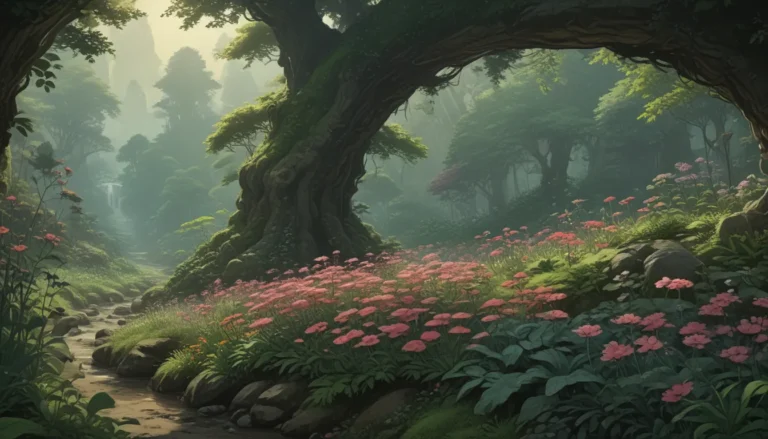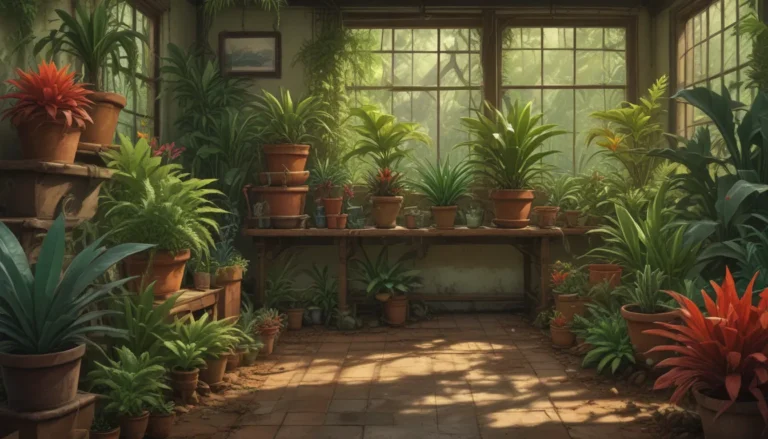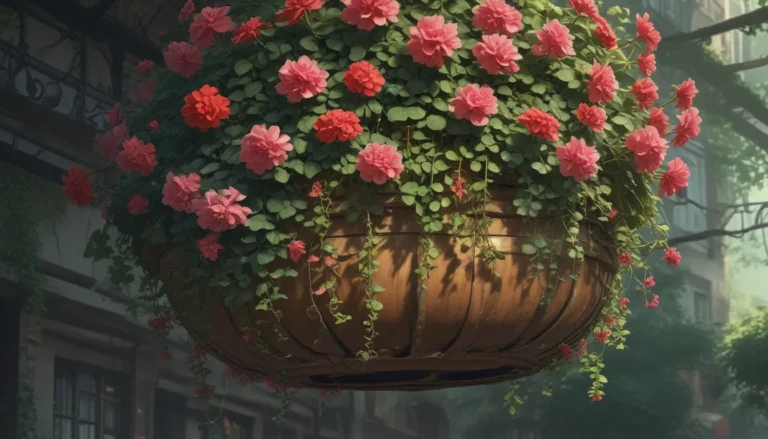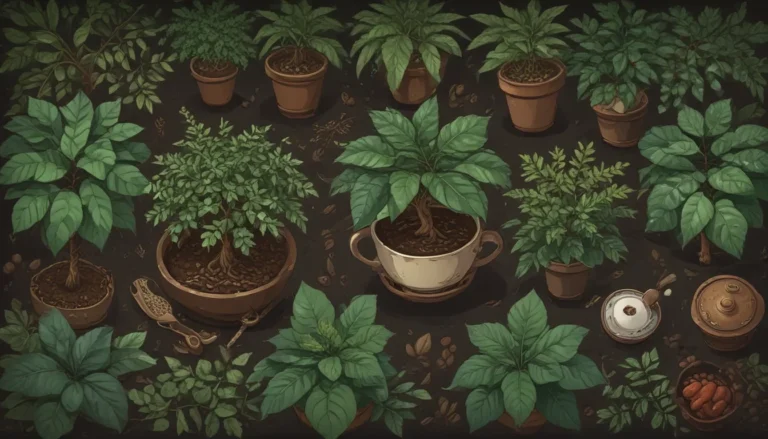Top 5 Reasons Why Your Daffodils Aren’t Blooming
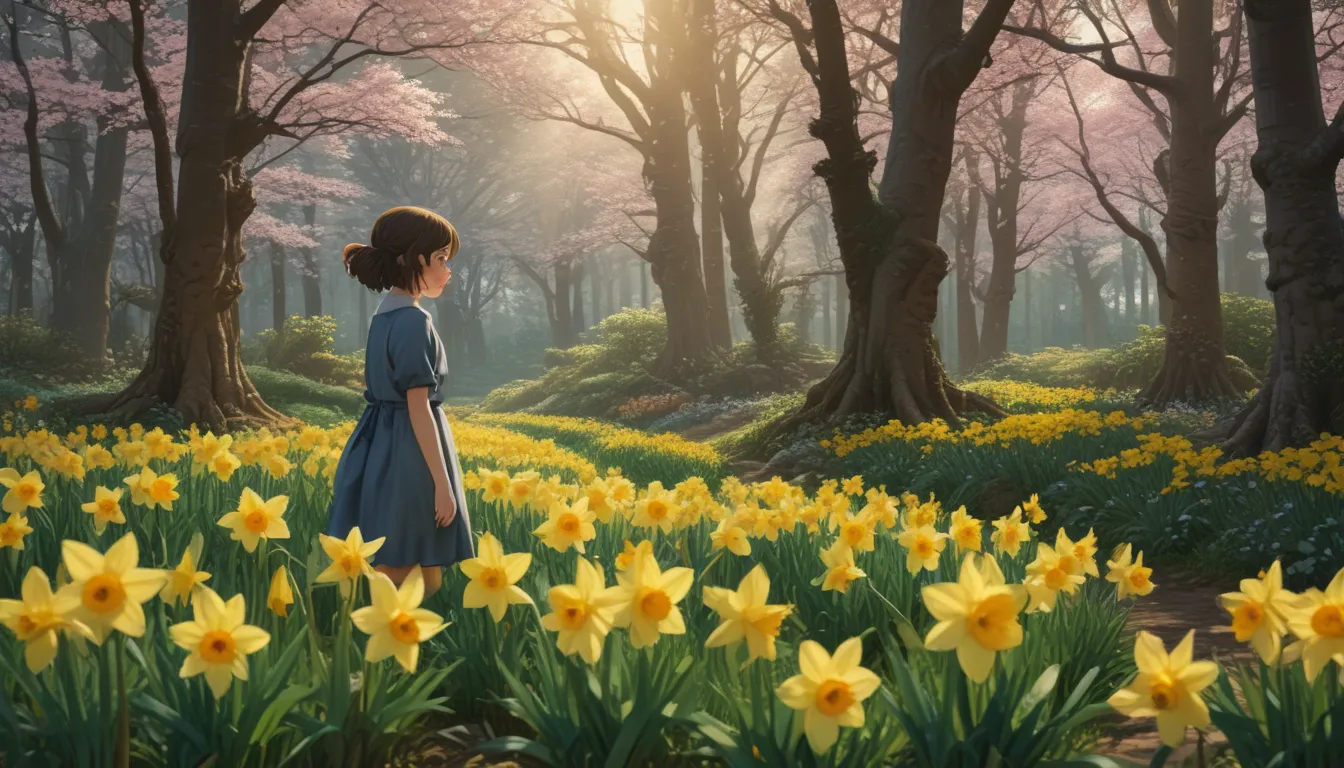
If you’re a gardener who loves bright, cheerful flowers but find yourself frustrated when your daffodils just won’t bloom, you’re not alone. Daffodils, also known as Narcissus spp., are some of the first blooms of the spring season, providing a burst of color and joy after a long winter.
But what do you do when those expected blooms never appear? Or when the leaves grow but the flowers are nowhere to be found? Don’t worry, I’ve got you covered.
In this comprehensive guide, I’ll walk you through the top five reasons why your daffodils aren’t blooming and what you can do about it.
Getting to Know Daffodils
Before we dive into the reasons why your daffodils might not be flowering, let’s take a moment to appreciate these lovely flowers. Daffodils, members of the Narcissus genus, belong to the Amaryllidaceae family. They come in various colors, including yellow, white, orange, and pink, brightening up any garden.
Typically grown from bulbs, daffodils are a low-maintenance flower that thrives with minimal care. They multiply easily underground, forming clumps of blooms that can last for years. Even if your daffodils fail to bloom one year, there’s usually a way to help them thrive again next season.
Now, let’s explore why your daffodils might not be blooming:
The Top 5 Reasons Why Your Daffodils Aren’t Flowering
-
Bulbs Were Planted Too Late
If your daffodils were planted too late in the season and didn’t receive enough chill time, they might not bloom. Daffodils require 13 to 15 weeks of chill time in temperatures between 35°F and 45°F to bloom successfully.
- To remedy this issue, consider digging up the bulbs and chilling them in a cool place until shoots emerge.
-
Diseased or Damaged Bulbs
Diseased bulbs, such as those infected with basal rot caused by Fusarium oxysporum var. narcissi, can prevent daffodils from blooming. Ensure your bulbs are healthy and firm before planting.
- If bulbs show signs of disease, discard them and replant with healthy bulbs in a different area.
-
Daffodils Planted in an Inhospitable Area
Proper drainage and sunlight are essential for daffodils to bloom. Planting them in waterlogged soil or shady areas can hinder their growth and flowering.
- Transplant daffodils to a sunny, well-drained location for better blooming results.
-
You Removed Last Year’s Foliage Too Soon
Allowing daffodil foliage to die back naturally after blooming enables the plant to store energy for the next year’s flowers. Removing foliage prematurely can lead to poor flowering.
- Wait until foliage turns yellow before cutting it back to support healthy blooming in the following year.
-
Fertilizer Issues
Incorrect use of fertilizers, particularly those high in nitrogen, can impact daffodil blooming. Ensure you provide adequate phosphorus-based fertilizer to support strong flower development.
- Use low-nitrogen fertilizers and follow proper fertilization practices to promote healthy blooming.
By addressing these potential issues, you can improve the blooming success of your daffodils and enjoy a vibrant display of flowers in your garden. Remember, patience and care are key to nurturing these beautiful spring blooms.
Better Bloomability
Now that you’re equipped with knowledge on why your daffodils might not be blooming, you can take proactive steps to ensure they thrive. Whether adjusting planting times, checking bulb health, or providing the right care, there’s always a solution to help your daffodils bloom beautifully.
Have you experienced challenges with daffodils not blooming? Share your stories and questions in the comments below. And for more tips on growing daffodils and enhancing your garden, explore our related articles:
-
- The Best Companion Plants for Daffodils
-
- 15 of the Best Daffodil Cultivars for Naturalized Plantings
Remember, a little care and attention can go a long way in creating a stunning garden filled with blooming daffodils. Enjoy the process and watch your garden burst into life with these charming spring flowers.
Article Updated: March 15, 2023
*

